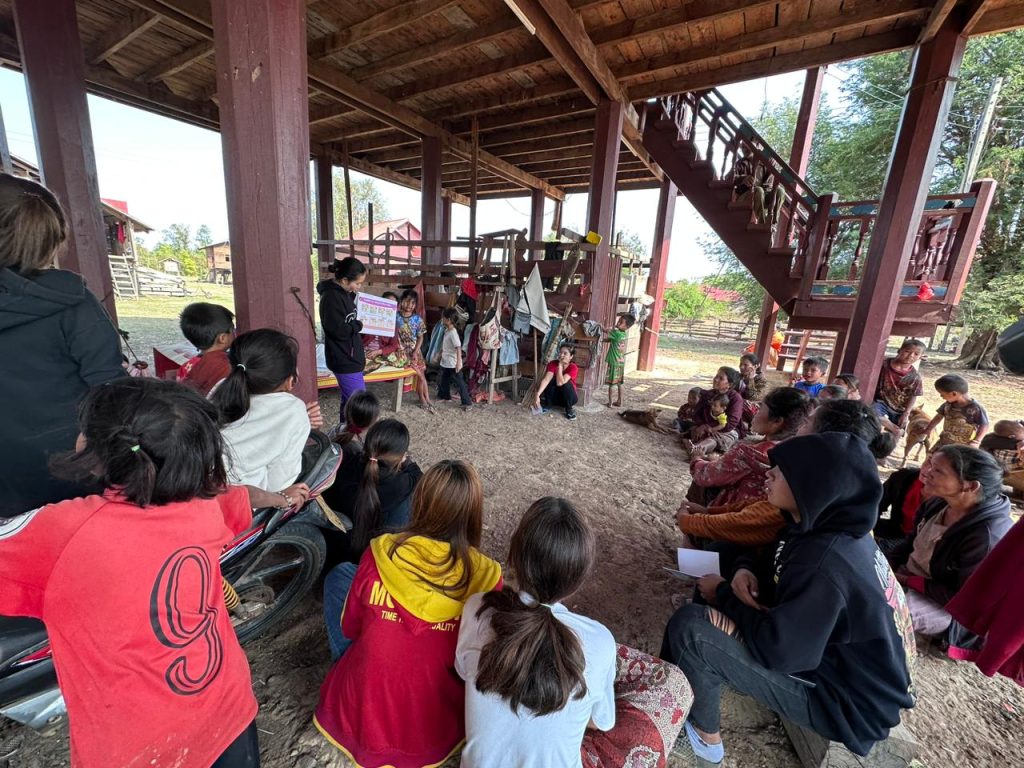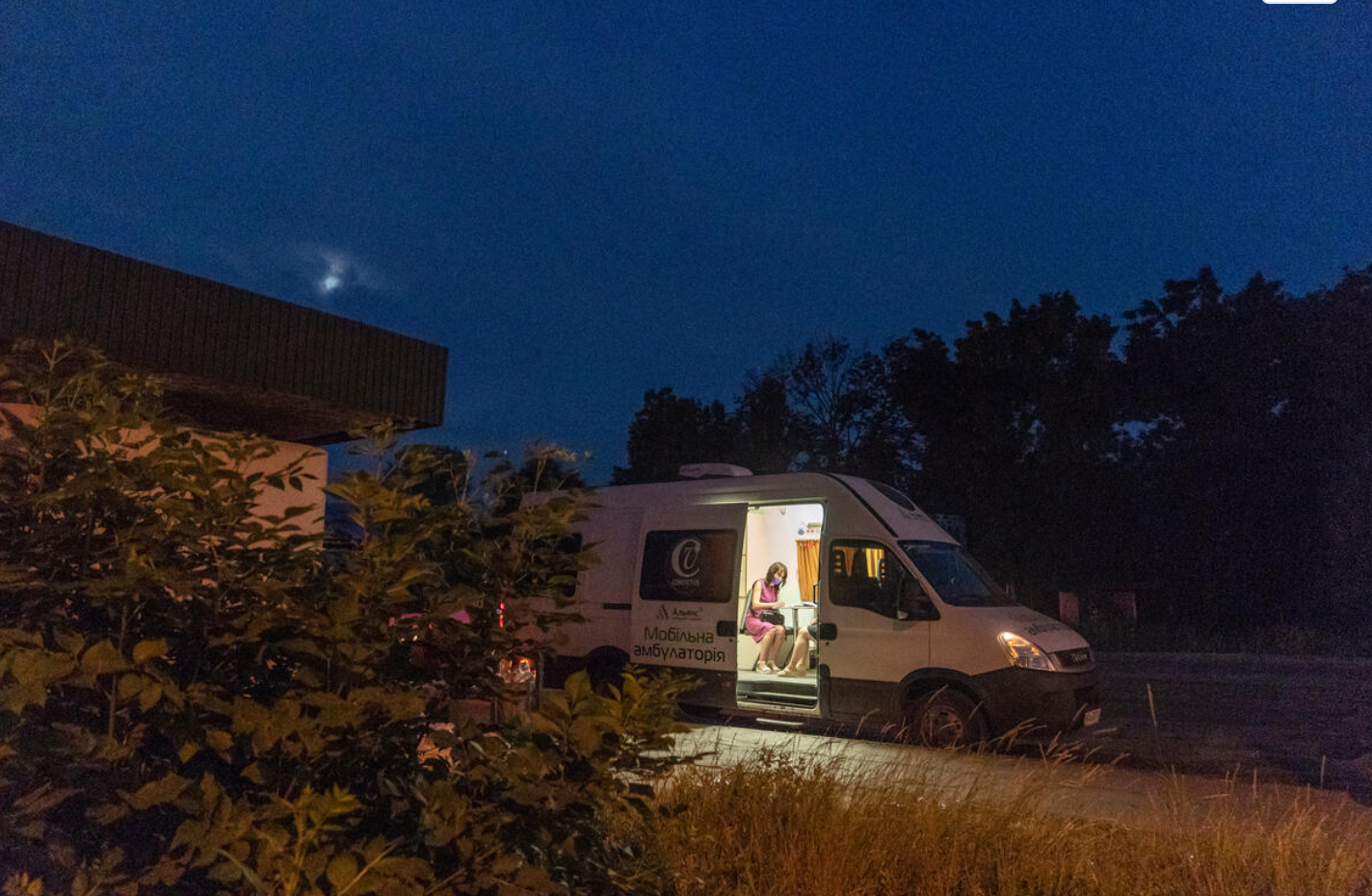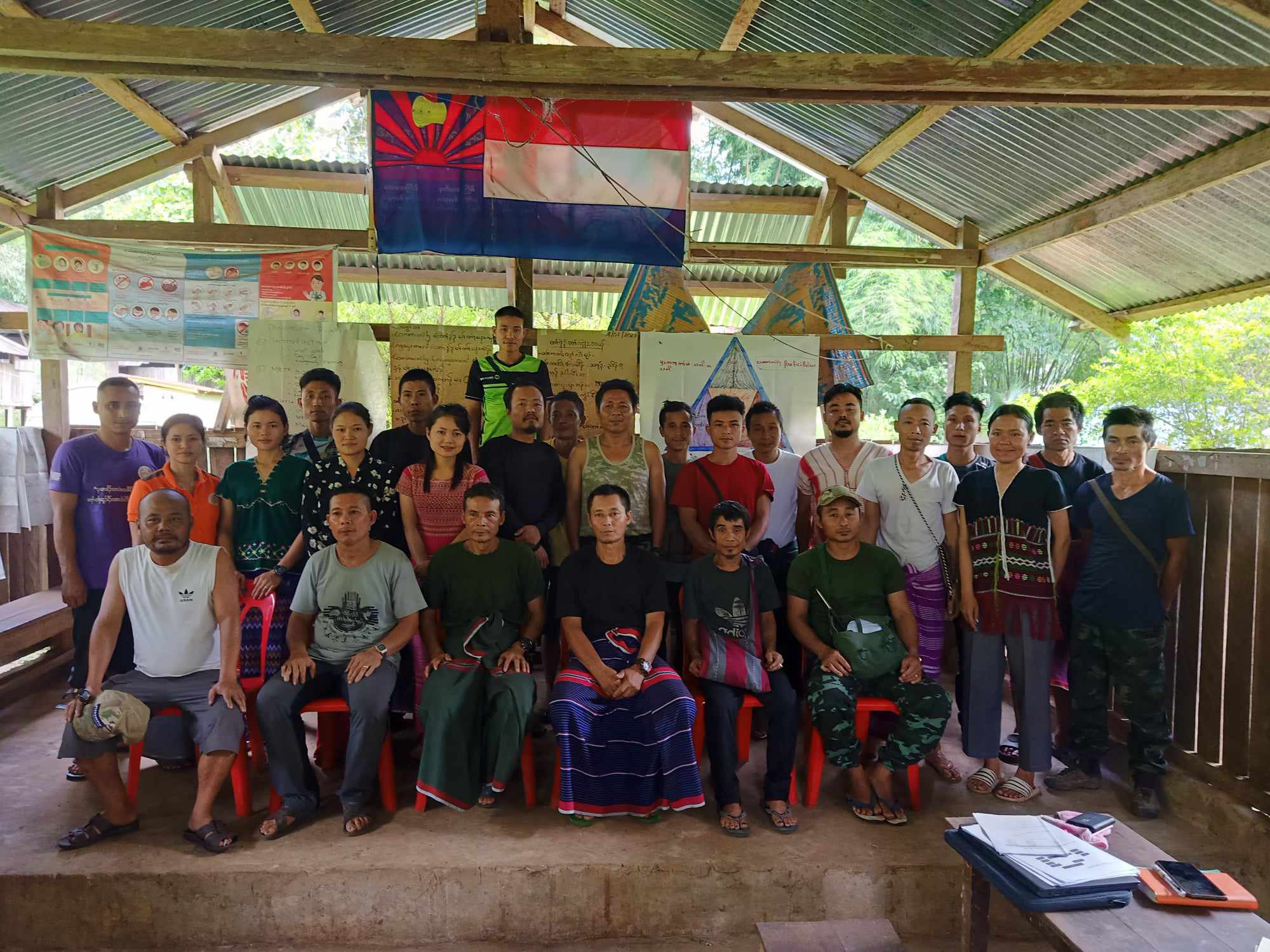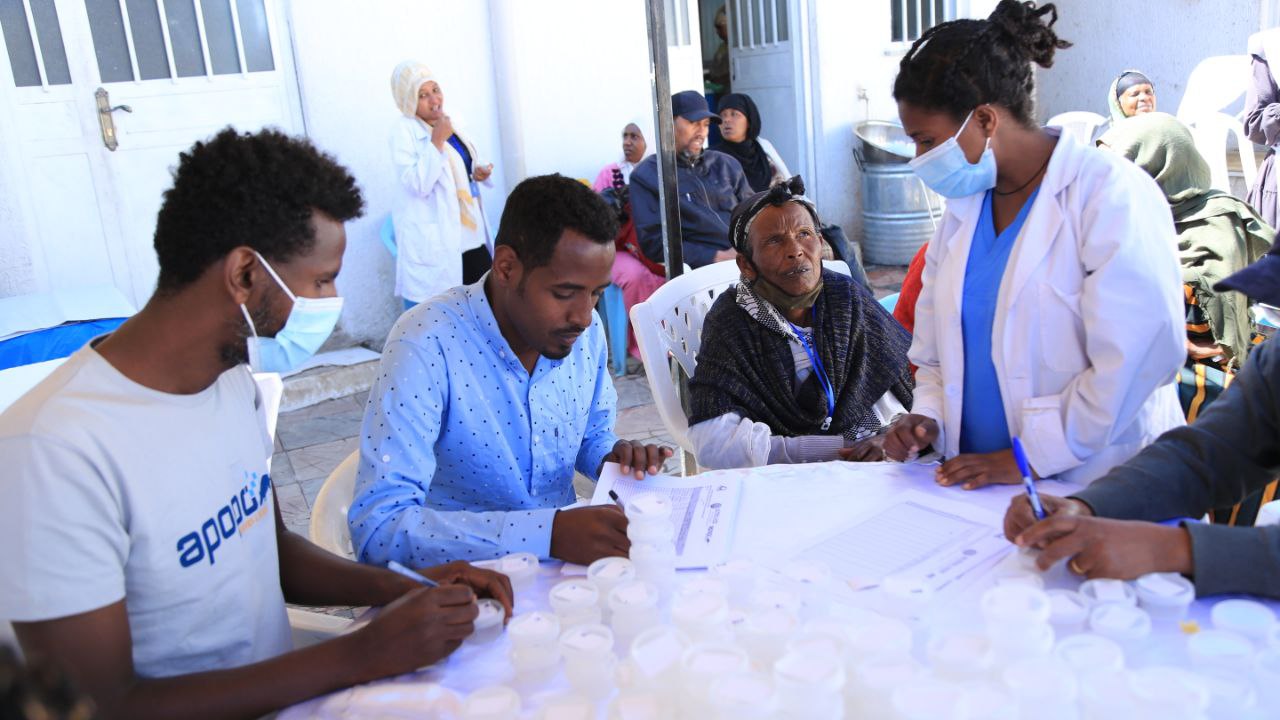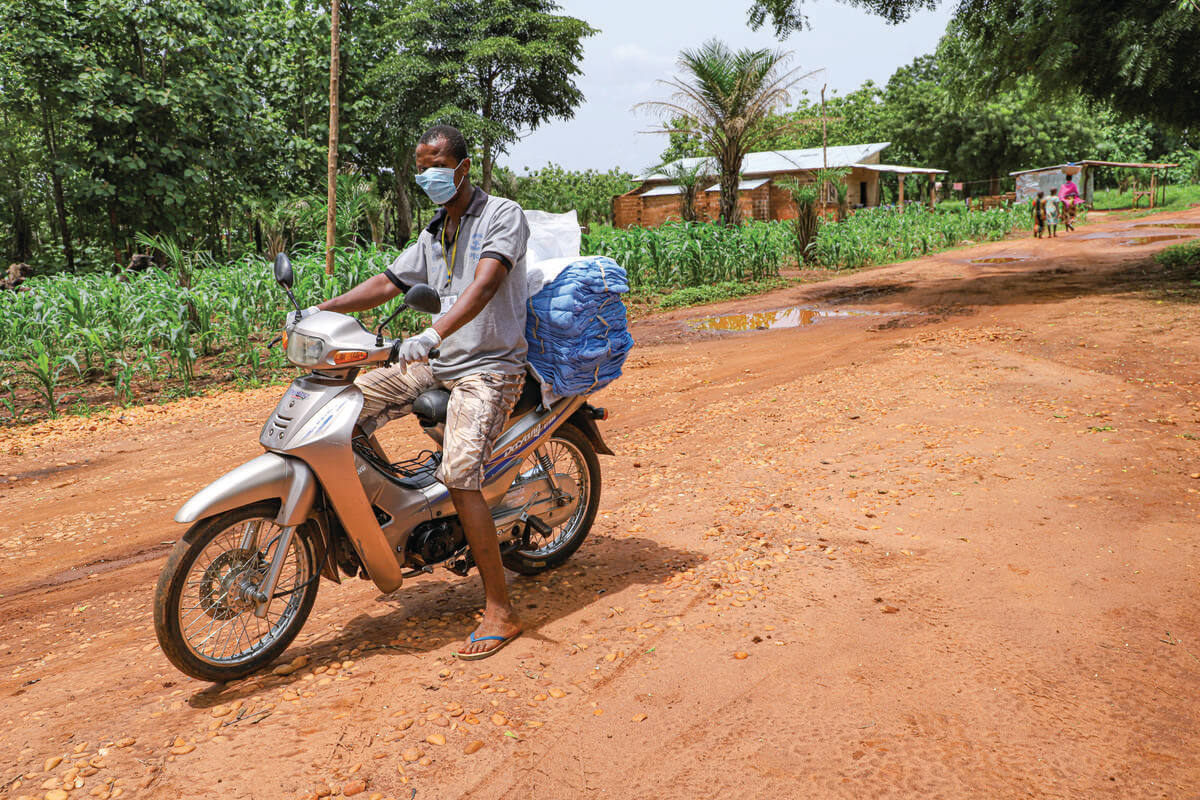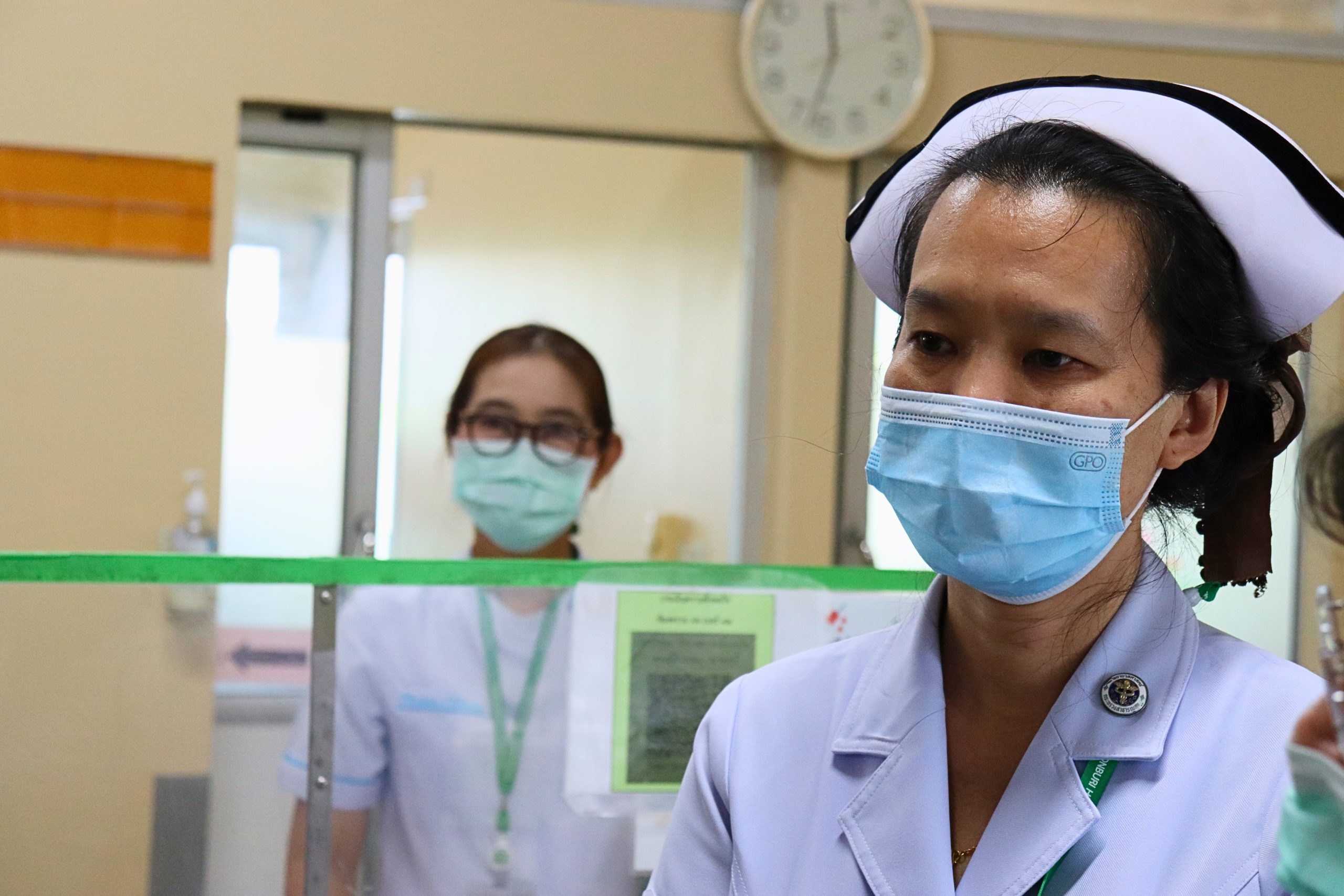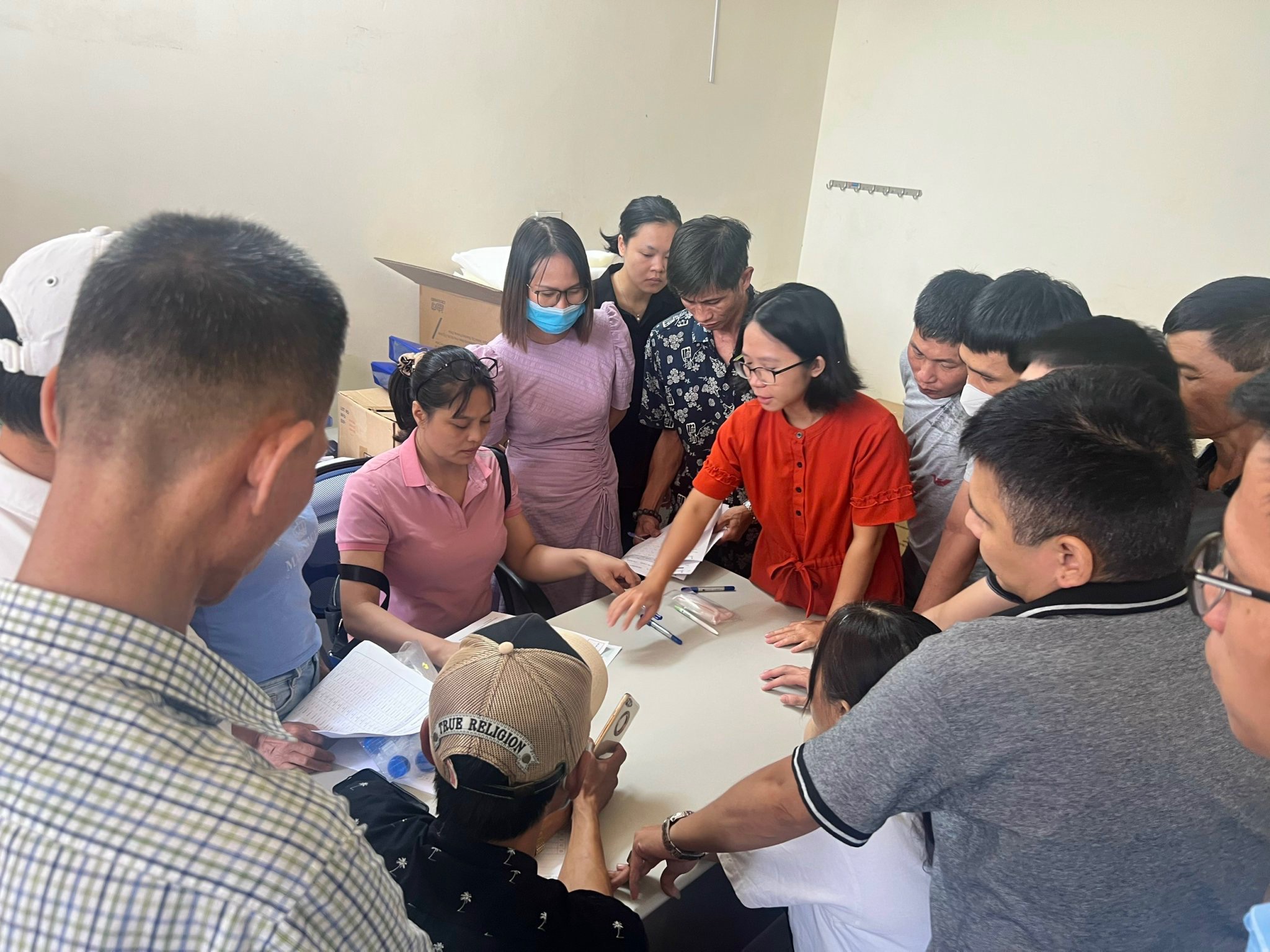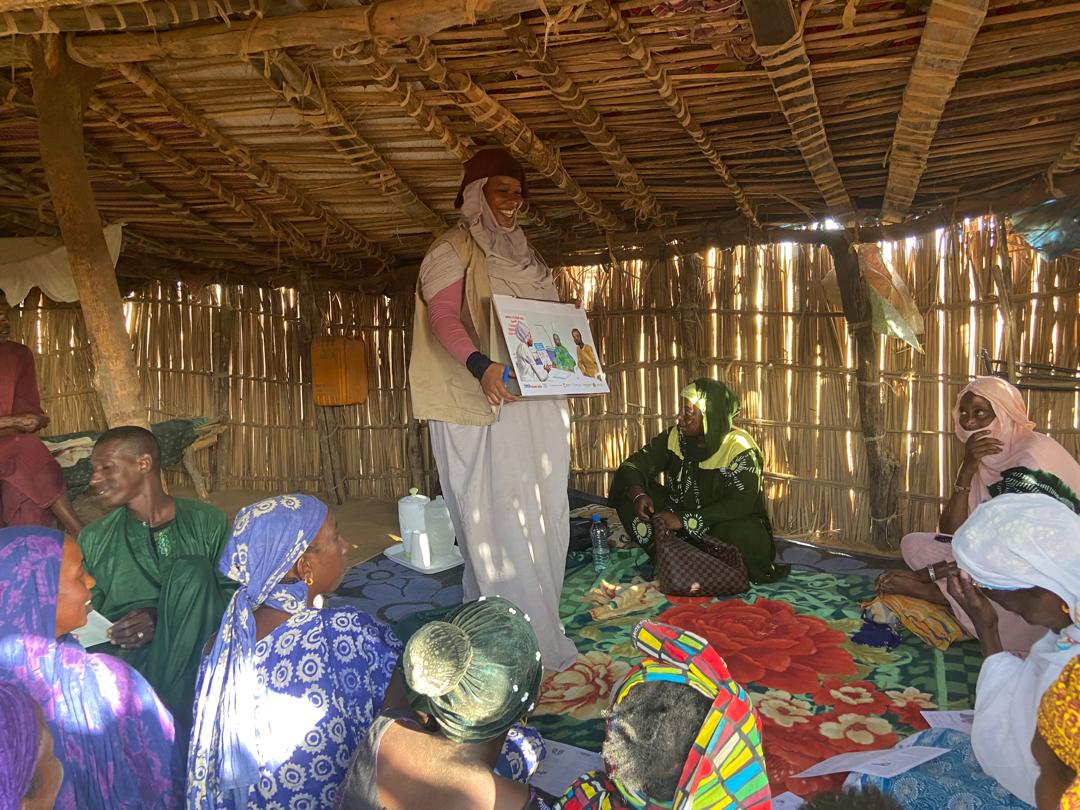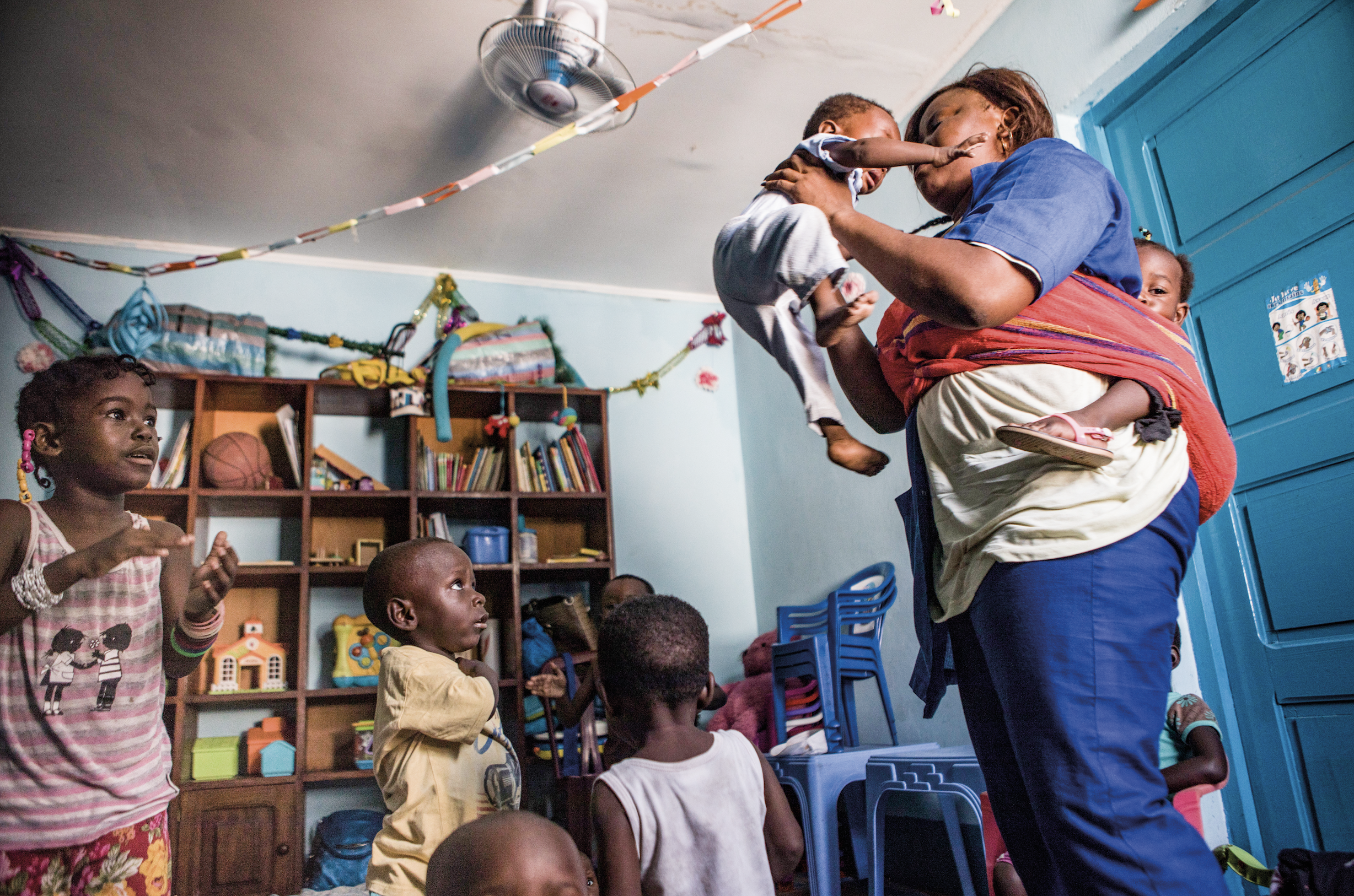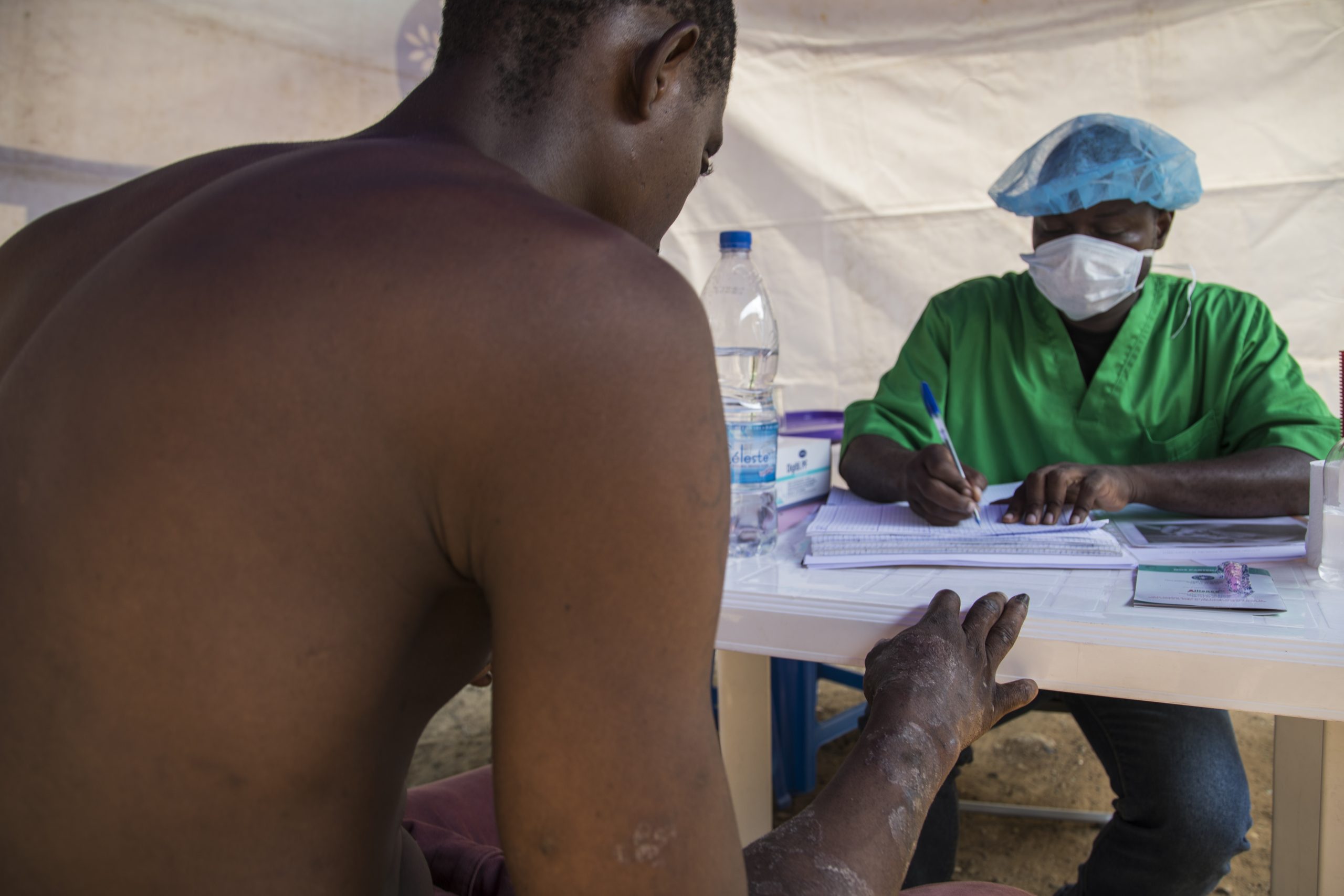This project aims to find missing patients, increase the detection rate, put eligible children on preventive treatment and increase treatment coverage in Savannakhet province. A previous phase of the project consisted in screening and referring for TB care very isolated persons in the Bolikhamxay and Khammouane provinces.
Context
The WHO Global TB Report of 2022 estimates the incidence of tuberculosis (TB) in Laos at 143 new cases per year per 100,000 inhabitants, with a treatment coverage of only 58%. Only 8.2% of the eligible children receive tuberculosis preventive treatment (TPT), as do 28% of people living with HIV. In 2022, the Savannakhet province, which is primarily rural, had an estimated incidence of 132 cases per year and a 59% treatment coverage, resulting in approximately 587 undiagnosed cases. This province was selected for the project due to its large population, limited investment in health services, and a high proportion of people facing difficulties in accessing health services. The evaluation of the first phase concluded that civil society efforts in the fight against tuberculosis are essential and recommended strengthening TB/HIV collaborative activities and the management of childhood tuberculosis.
Description
This second phase will contribute to achieving the goals of the WHO End TB Strategy in Laos by strengthening communities, enhancing local health infrastructure, and promoting engagement from TB-affected communities and civil society. This will be accomplished by:
- increasing TB case detection through active case finding missions,
- building capacities, raising awareness, supporting treatment adherence, and reducing catastrophic costs for families affected by tuberculosis,
- improving access to quality diagnosis for tuberculosis by strengthening the chain of sputum sample collection and transportation, as well as training village health workers, health center staff, and district laboratory personnel in technical and organizational skills.
Impact
Thanks to the first phase of the project, 798 new TB cases were identified over 2.5 years. This led to a reduction in death and lost-to-follow-up rates, while limiting transmission due to early detection. All village workers, community workers, and health center staff continued their efforts in the two provinces after the project’s conclusion.
